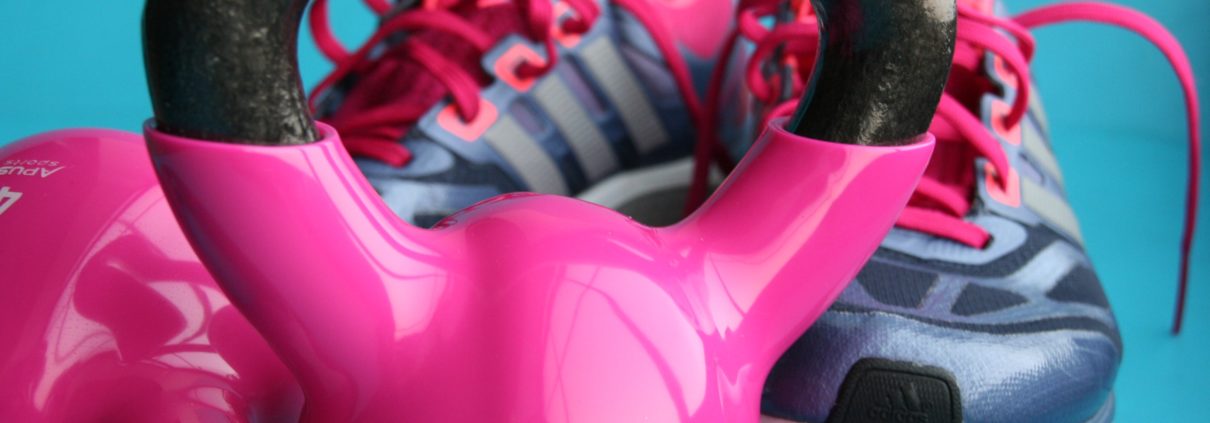HIIT – Breaking down the fat!
High intensity interval training, or HIIT as its better known, is a form of exercise in which you give 100% effort through quick, intense bursts of exercise, followed by short, sometimes active, rest periods. HIIT has become very popular and well-known for its benefits: it helps build muscle mass, increases the amount of calories you burn during a workout session and most importantly its a fantastic fat-busting workout that continues to burn fat for up to 24 hours after your workout has ended. The bursts of intense periods of exercise followed by the intermittent recovery periods all contribute to the metabolic adaptation that enables you to use more fat as fuel under a variety of conditions. This promotes improvements to your endurance as well as your fat burning potential.
A great example of a HIIT workout is sprinting close to your maximum speed for 30 seconds followed by walking for 30 seconds. The workouts usually involve specified work and rest intervals, as well as a number of sets to complete. The above example would be described at a 1:1 work-to-rest ratio. What is key here is that the exercises must be performed at 80% to 95% of your maximum heart rate*. The rest intervals should then be performed at 40% to 50% of your HRmax. The good news, for those of you with a busy schedule is that the optimal HIIT session can be completed in just 20 – 30 minutes. If your workout lasts more than 30 minutes you’re probably not working hard enough in that time to realise the benefits.
Numerous studies have even pointed to the benefits of HIIT reversing some changes in protein expression that are linked to ageing, including some related to our mitochondria function. Now, it won’t turn back the hands of time when it comes to your skin, but on a more technical slant HIIT can help to breath new life into the protein building factories in our cells and enhance the energy producing capacity of our cells powerhouses, known as mitochondria. As we get older, the ability of our mitochondria to produce energy gradually diminishes and so improving their efficiency, in theory, helps to fight off the effects of old age.
As if that isn’t enough, the other fantastic thing about HIIT is that you can perform it anywhere be it in the gym using equipment, outside utilising varied cardio formats or at home with weighted or bodyweight exercises. There are many ways to take advantage of this training method. You will need to bring your motivation though, as this type of workout provides optimal benefits when you are pushing up to your maximum heart rate, so get prepared to struggle, sweat and give it your absolute all. If your not going all out and sweating buckets, you’re not doing it right!
Now, lets have a look at a couple HIIT workout options. Always remember to warm your muscles up first for 5 to 10 minute with a good warm up using either the treadmill, rowing machine, or doing some dynamic stretches.
Option 1 – HIIT you can do at home
Jump squats – 45 seconds
Mountain climbers – 45 seconds
Bum kicks – 45 seconds
Burpees – 45 seconds
Alternating side lunge – 45 seconds
Alternating Jump lunges – 45 seconds
Do each of these moves for 45 seconds, resting for 15 seconds after each exercise. Repeat this circuit twice.
Option 2 – HIIT you can do in the gym
Standing Shoulder press – 30 seconds
Weighted Squats – 30 seconds
Battle ropes – 30 seconds
Cardio – Rowing machine – 90 seconds
Do each of the resistance exercises for 30 seconds and rest for 15 seconds in-between followed by 90 seconds of Cardio. Repeat 3-4 times.
Option 3 – Varying your intensity on cardio equipment
Stairclimber – 60 seconds high speed/60 seconds low speed, repeat.
Bike Tabata – 20 seconds sprint/ 10 seconds rest, repeat.
Treadmill Sprints – 40 seconds / 20 seconds of: walk/incline walk, walk/jog, or run/sprint respectively.
These are just a few options to get you started. There are many ways to create high intensity intervals by adapting the timing of your MAX workout vs your rest period. 2-3 days a week is a solid amount of HIIT and you will see the results of your hard work in no time. If you want to workout 4 times a week, I would suggest doing 2 HIIT sessions per week with 2 Resistance Sessions as well.
For additional information on HIIT or to book in for your first session visit www.mbodypt.ch and get in touch. I would be happy to discuss your goals and aspirations before creating a training program designed specifically for you.
However you decide to incorporate HIIT training into your workout programme you know you have plenty of options to choose from. So pick your playlist, grab your water bottle and lets HIIT it!
* The basic way to calculate your maximum heart rate is to subtract your age from 220. For example, if you’re 45 years old, subtract 45 from 220 to get a maximum heart rate of 175. This is the maximum number of times your heart should beat per minute during exercise.


